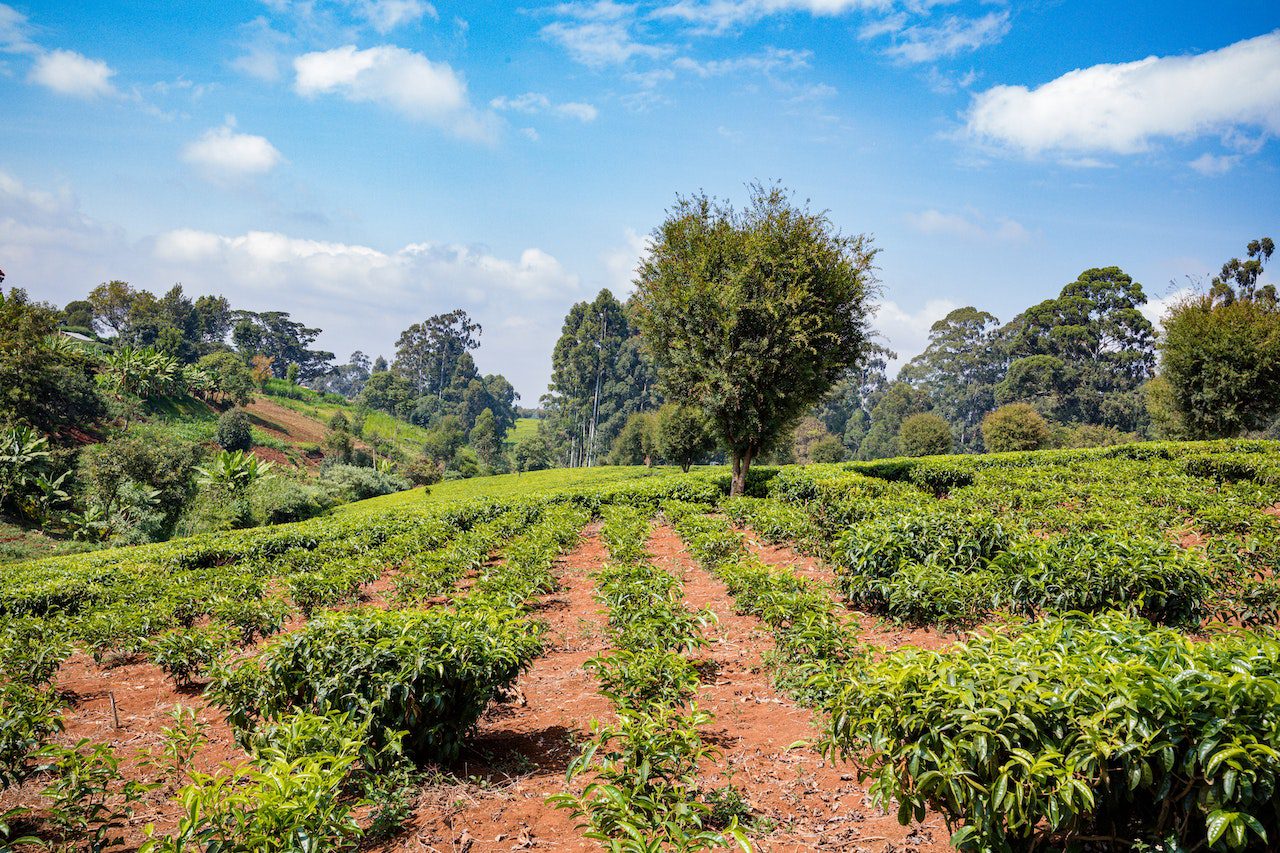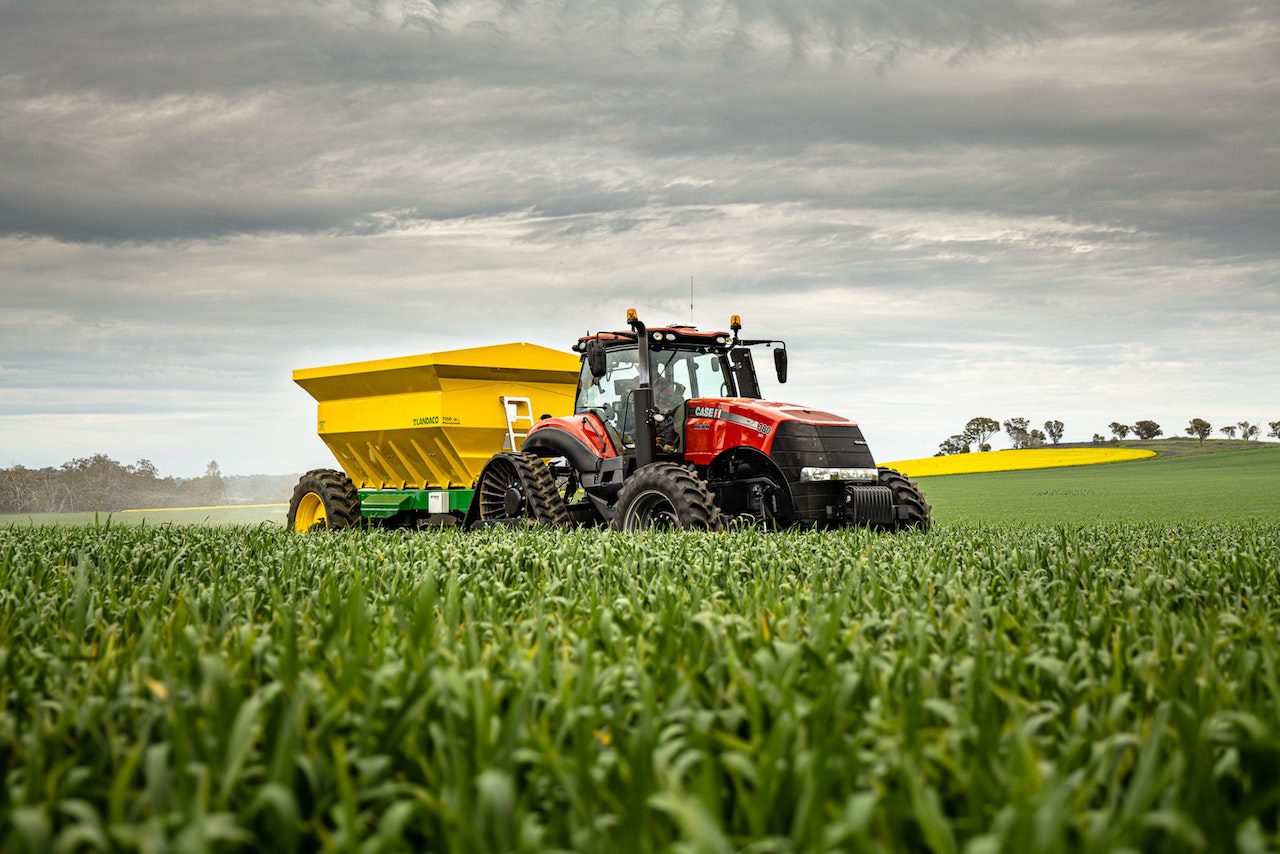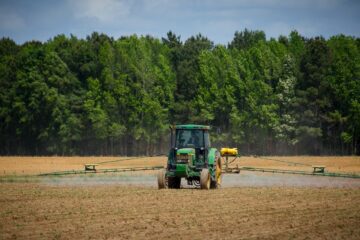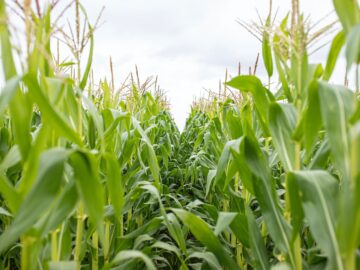- +254 798 216 143
- sales@tingashare.com
- Baba Dogo Road, Ruaraka, Nairobi, Kenya
Closing the Agricultural Productivity Gap in Kenya

In the heart of East Africa lies a nation with a vibrant agricultural landscape, Kenya. Agriculture has always been a cornerstone of the Kenyan economy, employing a significant portion of the population and contributing substantially to the country’s GDP. However, a persistent challenge has plagued this vital sector: the productivity gap. While large-scale commercial farms often thrive, smallholder farmers face numerous hurdles. In this blog, we explore the efforts and innovations aimed at closing the agricultural productivity gap in Kenya.
The Productivity Divide
Kenya’s agricultural productivity gap is the divide between the yields and incomes of large-scale commercial farms and those of smallholder farmers. While large farms often benefit from modern machinery, technology, and economies of scale, smallholders face resource constraints, limited access to credit, and outdated farming practices.
Technology as an Equalizer
In recent years, technology has emerged as a powerful equalizer in Kenyan agriculture. Here’s how it’s bridging the productivity gap:
- Mobile Phones and Market Access: Mobile apps and SMS services provide smallholders with market information, enabling them to make informed decisions about what and when to plant and where to sell their produce at the best prices.
- Digital Financial Services: Mobile banking and mobile money platforms facilitate financial transactions, allowing farmers to access credit and save money securely.
- Precision Agriculture: GPS technology and soil sensors enable smallholders to apply fertilizers and water precisely, reducing waste and increasing crop yields.
- Extension Services: Mobile-based agricultural extension services deliver real-time advice on planting, pest control, and harvesting techniques directly to farmers’ phones.
- Weather Forecasting: Accurate weather forecasts help farmers plan their planting and harvesting schedules, reducing the risk of crop losses due to adverse weather conditions.

Access to Modern Equipment
 Access to modern farming machinery, often through equipment rentals, is another critical factor in closing the productivity gap. Here’s how equipment rentals are making a difference:
Access to modern farming machinery, often through equipment rentals, is another critical factor in closing the productivity gap. Here’s how equipment rentals are making a difference:
- Cost-Efficiency: Smallholders can access modern machinery without the burden of high upfront costs, making mechanization more affordable.
- Increased Efficiency: Modern equipment reduces labor requirements and increases efficiency, allowing farmers to cultivate more land and improve yields.
- Diverse Machinery: Equipment rental companies offer a wide range of machinery, from tractors and plows to irrigation systems, catering to various farming needs.
- Training and Support: Many equipment rental services provide training and technical support, ensuring farmers can use the machinery effectively.
Government Initiatives
Kenyan government initiatives also play a significant role in closing the productivity gap. These include subsidies for seeds and fertilizers, investment in rural infrastructure, and programs promoting sustainable farming practices.
 The Path Forward
The Path Forward
Closing the agricultural productivity gap in Kenya is an ongoing journey, but the road ahead is promising. The collaboration between technology providers, equipment rental services, government programs, and the farming community is making a tangible difference. Smallholder farmers are not just cultivating crops; they are cultivating hope for a future where every Kenyan farmer can prosper and contribute to the nation’s food security.
In conclusion, the agricultural productivity gap in Kenya is gradually narrowing thanks to technological advancements, improved access to modern machinery through rentals, and supportive government policies. As these efforts continue to bear fruit, the prospect of a more equitable and prosperous future for all Kenyan farmers shines brighter than ever
